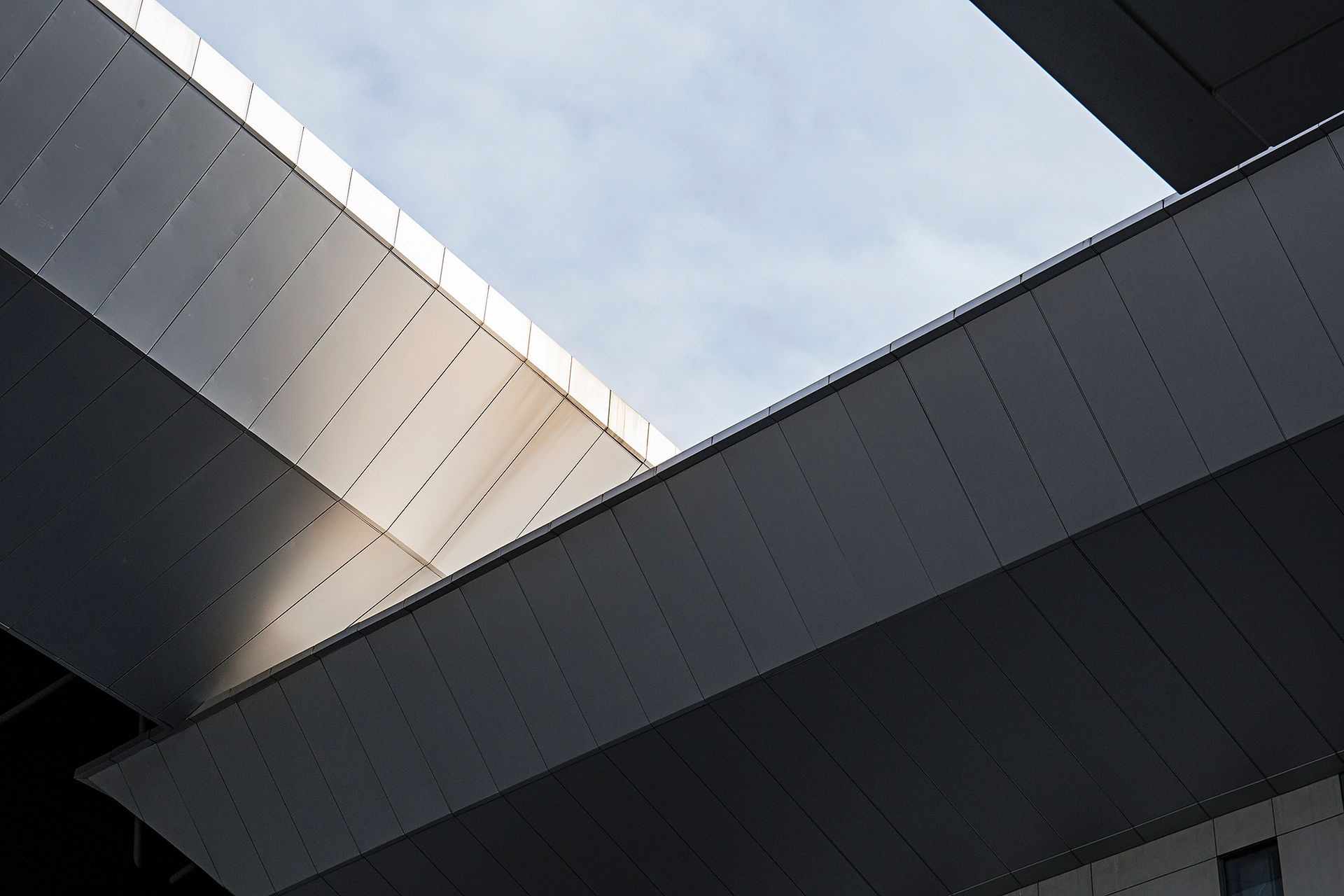How Green Construction Supports Island Resilience
- Blue Print Team
- Apr 15
- 4 min read

While the effects of climate change are being felt across the entire world, people, communities and economies in small island developing states are extremely vulnerable since island nations face unique sustainability challenges. Limited land mass, finite natural resources and geographic isolation make islands more susceptible to climate change, disasters and other crises and within the construction industry, these factors create a delicate balance where every development decision carries some measure of outsized impact. For islands like Barbados, responsible construction and greener building practices are now necessary considerations for sustainability, which is no longer merely an environmental choice but an economic imperative.
The Caribbean's vulnerability to climate change has become increasingly apparent - whether it is unpredictable and intensifying hurricane seasons, increased humidity or rising sea levels and receding coastlines, very real threats exist against island infrastructure and the repercussions from their damage can set development back by decades. Barbados having committed to becoming fossil-fuel free by 2030, exemplifies the progressive approach that many islands are now taking in moving forward towards sustainable development.
As the construction industry evolves, greener building practices aren't only about reducing environmental footprints, they are about building resilience and protecting communities that face existential climate threats. From the devastating impacts of Hurricane Elsa in 2021, to ongoing coastal erosion challenges, Barbados is experiencing firsthand how conventional construction approaches must evolve and improve to not only benefit the planet but also the to meet the unique demands of island environments and ensure resilience.

Climate-Proofing Island Structures
Beyond building with structural integrity, greener design elements are key to ensuring that buildings remain functional during extreme weather events. As one of the major natural disaster threats to islands, hurricane resilience must be non-negotiable in Caribbean construction with an end goal to climate proof our island structures. Thankfully, evolved building codes and forward-thinking building practices now incorporate specific structural design parameters that result in carefully engineered buildings that can withstand extreme weather events. Resilience features in new construction now often include the incorporation of materials that stand up to harsh weather conditions, reinforced roof designs, impact-resistant windows and strategic flow designs that help to minimize wind exposure and provide extreme heat protection. These features not only save energy during normal operations but ensure buildings remain safe and habitable following impact damage or power outages that frequently happen after a crisis like the passage of hurricanes.
Water Conservation: Managing Scarce Resources
Water scarcity remains a critical challenge for many Caribbean islands. Barbados, classified as a water-scarce country by the United Nations, exemplifies the urgent need for integrated water management in construction projects. Green construction practices in island environments must prioritize comprehensive water systems to support the quest for island resilience. Capturing and storing rainwater has become a key practice in water conservation. Rainwater harvesting has evolved from the use of simple rain barrels to more sophisticated collection systems that can now capture thousands of gallons during brief to heavy tropical downpours, these systems are now a critical resource in island construction. Rainwater harvesting systems typically include diverters that improve water quality or filtration systems that produce potable water for household use.
Greywater recycling systems separate, collect and treat wastewater from sinks, showers and washing machines for treatment and reuse in everyday non-potable uses, such as irrigation and toilet flushing. Greener water conservation practices not only reduce water consumption and environmental impact, but these dual plumbing systems can reduce freshwater demand by up to 50% or more in residential and commercial buildings compared to conventional designs.
Energy Efficiency: Reducing Dependency on Vulnerable Power Grids
As island communities face mounting challenges from climate change and resource scarcity, energy efficient buildings have emerged as a cornerstone of resilience strategies. Island power grids face unique vulnerabilities, such as high operational costs due to imported fuels, limited redundancy and exposure to extreme weather events. Green construction supports the addressing of such challenges by considering energy efficient elements that will dramatically reduce energy demand and support immediate on-site regeneration.
Going far beyond reducing utility bills, energy efficient buildings help to strengthen island resilience and the ability to withstand environmental and economic shocks. By reducing dependence on vulnerable power grids and imported fossil fuel, operational costs decrease and crucial resources are freed up. When integrated with renewable energy systems, these buildings represent the foundation of a self-sufficient, climate-adapted future for island communities worldwide.
Retrofitting existing structures with basic energy efficient features and smart building controls can significantly improve energy performance and occupant comfort in challenging tropical conditions, while solar energy systems such as rooftop photovoltaic panels can transform buildings into resilient microgrids, boosting energy security, efficiency and resilience by reducing dependence on external supply.

Building Future Resilience
As climate change continues to intensify, green construction technologies, once considered optional, have become essential components of island resilience strategies. The construction industry and building sectors in islands such as Barbados and throughout the Caribbean stand at a pivotal place in embracing sustainable practices that address immediate challenges while also building long-term adaptive capacity.
The future of island construction lies in integrated approaches that recognize the interconnectedness of climate resilience, water conservation and energy independence. By incorporating these elements from the earliest design phases, the construction industry can deliver buildings that not only withstand current challenges but adapt to future conditions as they evolve.




Comments